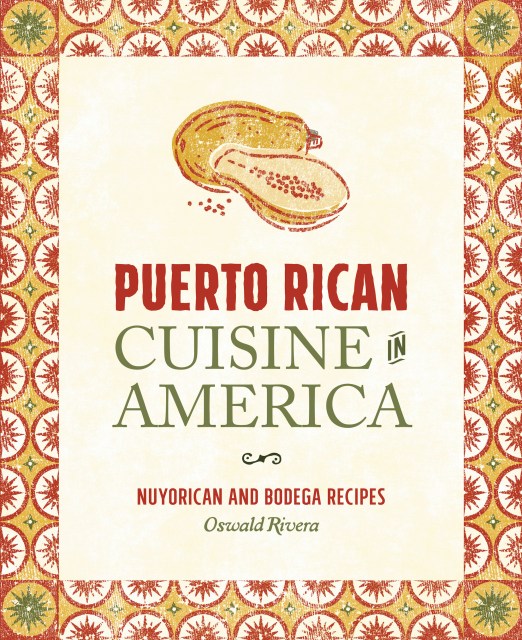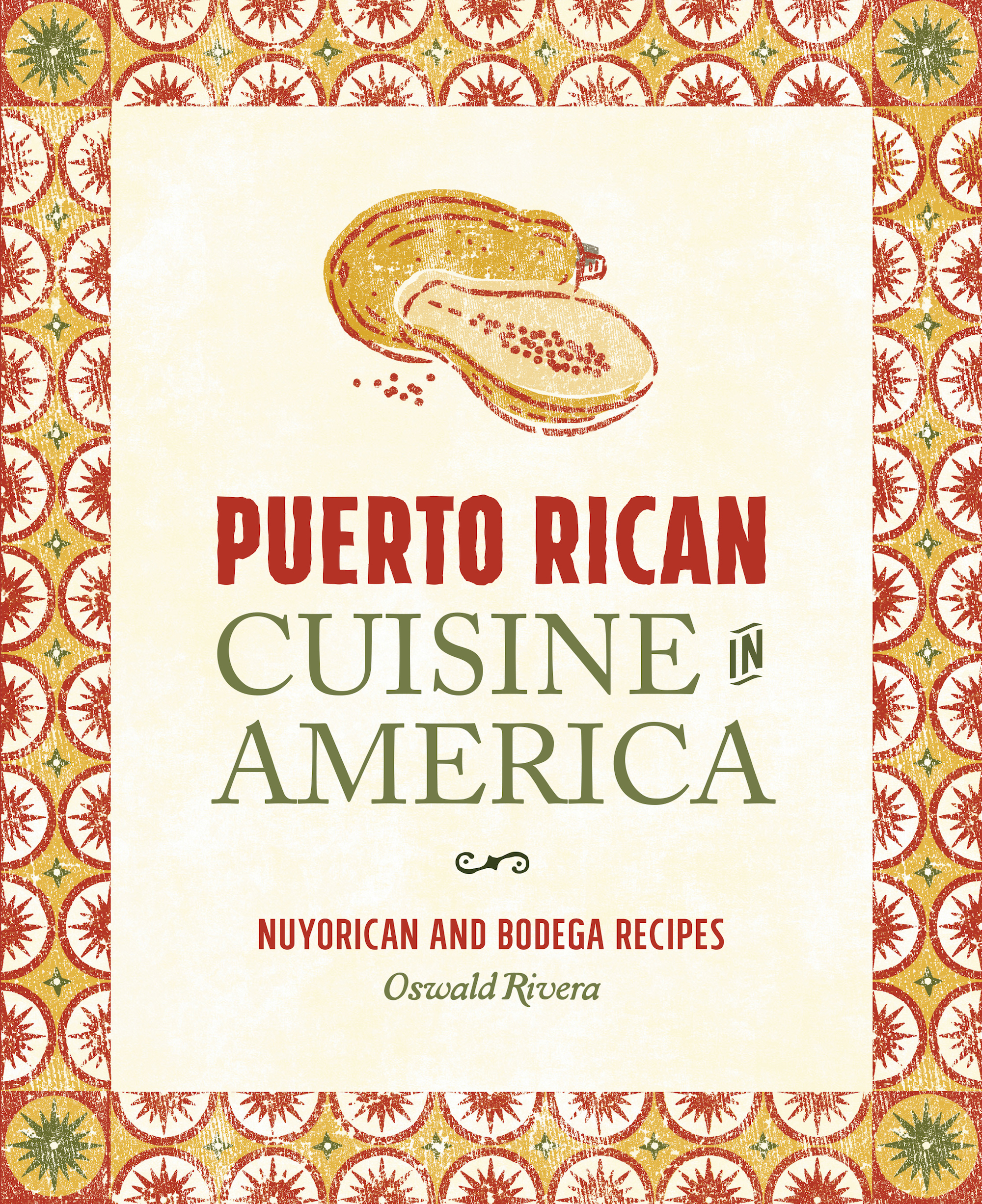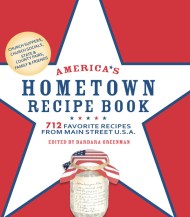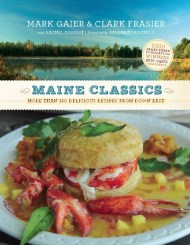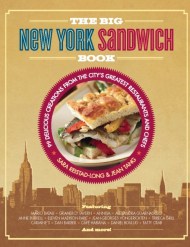Promotion
Use code MOM24 for 20% off site wide + free shipping over $45
Puerto Rican Cuisine in America
Nuyorican and Bodega Recipes
Contributors
Formats and Prices
Price
$15.99Price
$20.99 CADFormat
Format:
- ebook (Revised) $15.99 $20.99 CAD
- Trade Paperback (Revised) $24.99 $30.99 CAD
This item is a preorder. Your payment method will be charged immediately, and the product is expected to ship on or around March 10, 2015. This date is subject to change due to shipping delays beyond our control.
Also available from:
Throughout the book, Oswald explores Puerto Rico’s unique history, its people’s migration to New York City, and his youth growing up in Harlem, as well as the growth of the Nuyorican culture in the United States. Refreshed with new illustrations throughout, this edition features a new preface by the author.
Genre:
- On Sale
- Mar 10, 2015
- Page Count
- 336 pages
- Publisher
- Running Press
- ISBN-13
- 9780762456499
Newsletter Signup
By clicking ‘Sign Up,’ I acknowledge that I have read and agree to Hachette Book Group’s Privacy Policy and Terms of Use
